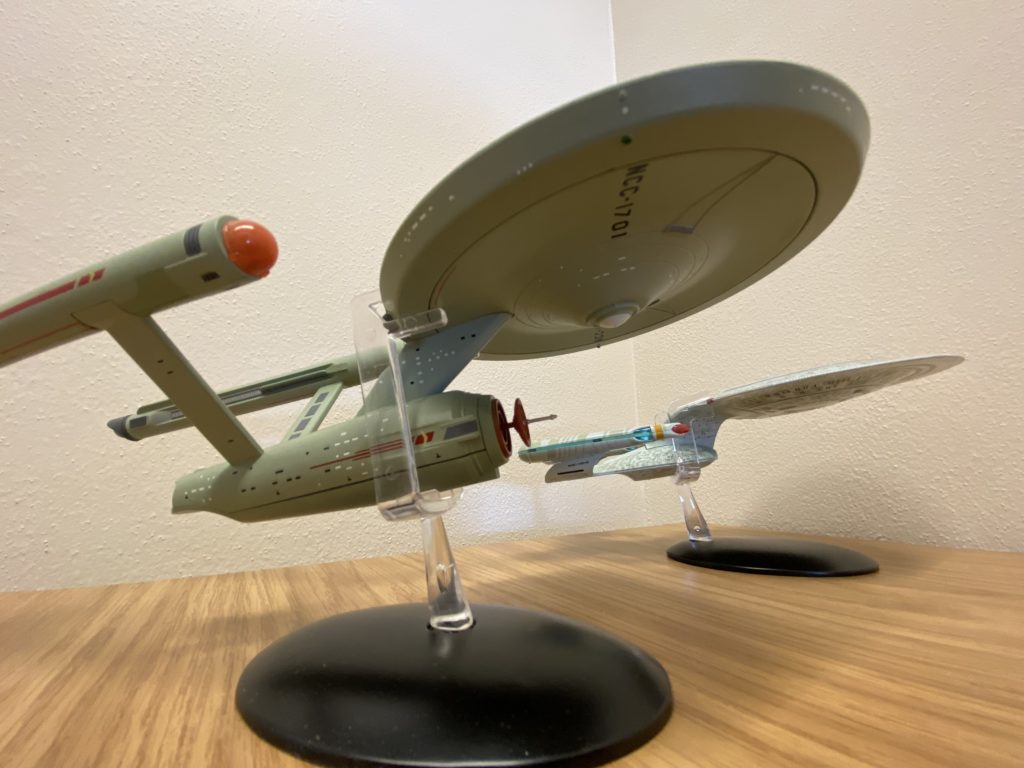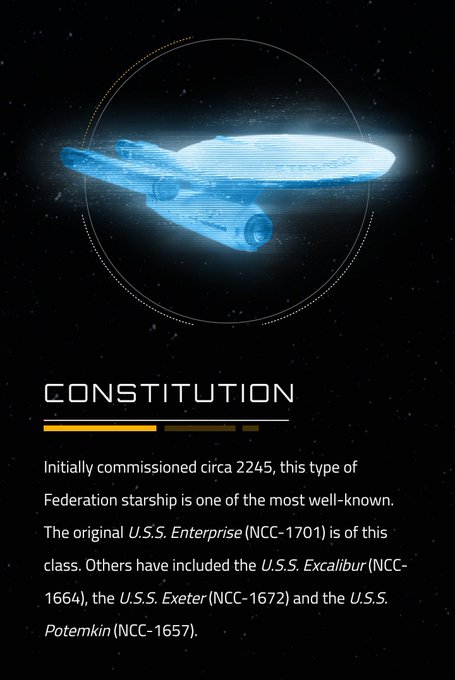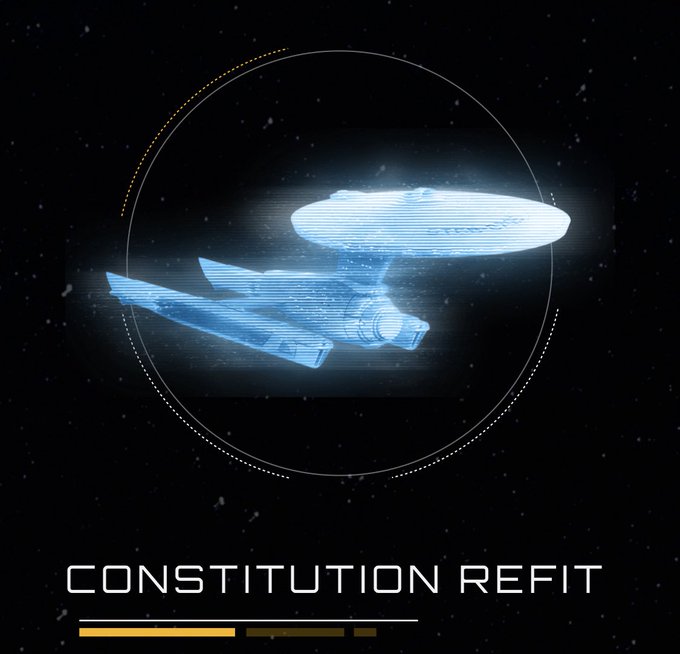The French Dispatch (2021): ⭐️⭐️⭐️: When it works, it works really well; Anderson’s eye for shots and quirky humor generally works very well for me. However, as is often the case with any anthology, some entries work better than others, and the ones that work the best aren’t always the ones that get the most time spent on them. The end result is enjoyable overall, but not as consistently so as some of Anderson’s other films.
Geekery
Whatever I’m geeking out about at the time.
🎥 Death on the Nile
Death on the Nile (2022): ⭐️⭐️⭐️: Agatha Christie is always enjoyable, and the cast, sets, and scenery are all gorgeous. But I’m a bit confused by the intro and outro; I never really needed an origin story for Poirot’s mustache.
📚 The Better Man by Howard Weinstein
22/2022 – ⭐️⭐️⭐️
A very middle-of-the-road TOS Trek novel. Nothing particularly stands out either good or bad.
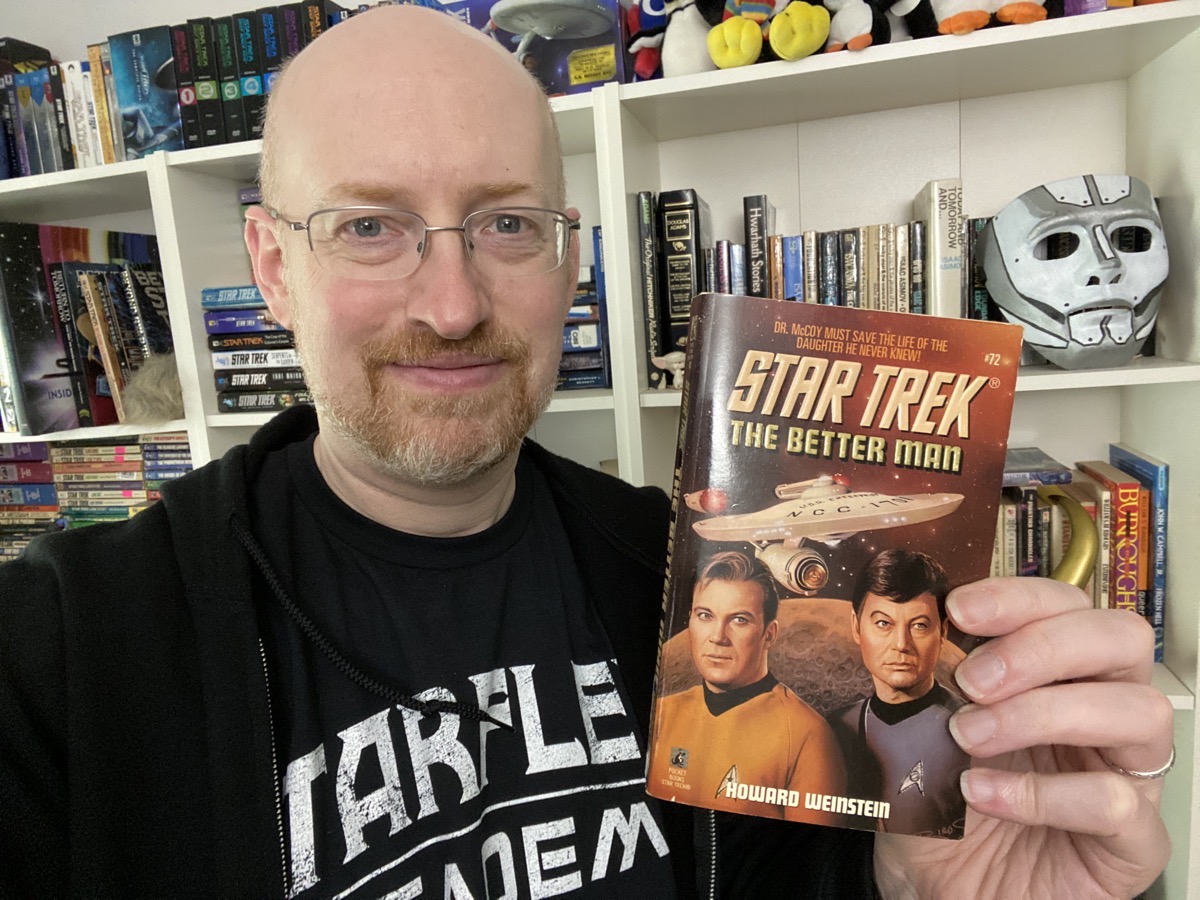
📚 The Way the Future Was by Frederik Pohl
21/2022 – ⭐️⭐️⭐️
A look back at the beginnings of SF fandom through the eyes of one of the people in at the proverbial ground floor. In addition to becoming a noted SF author and editor, Pohl was also one of the group of people who founded much of fandom, including the Worldcon conventions (though he ended up being one of the group banned from the first Worldcon thanks to an early fandom clash…), and knew essentially (and quite possibly literally) all of the classic SF authors. If you’re at all interested in the early years of fandom, this is a fun and easy read covering his life and the fandom world from the 1920s through the mid-1970s.
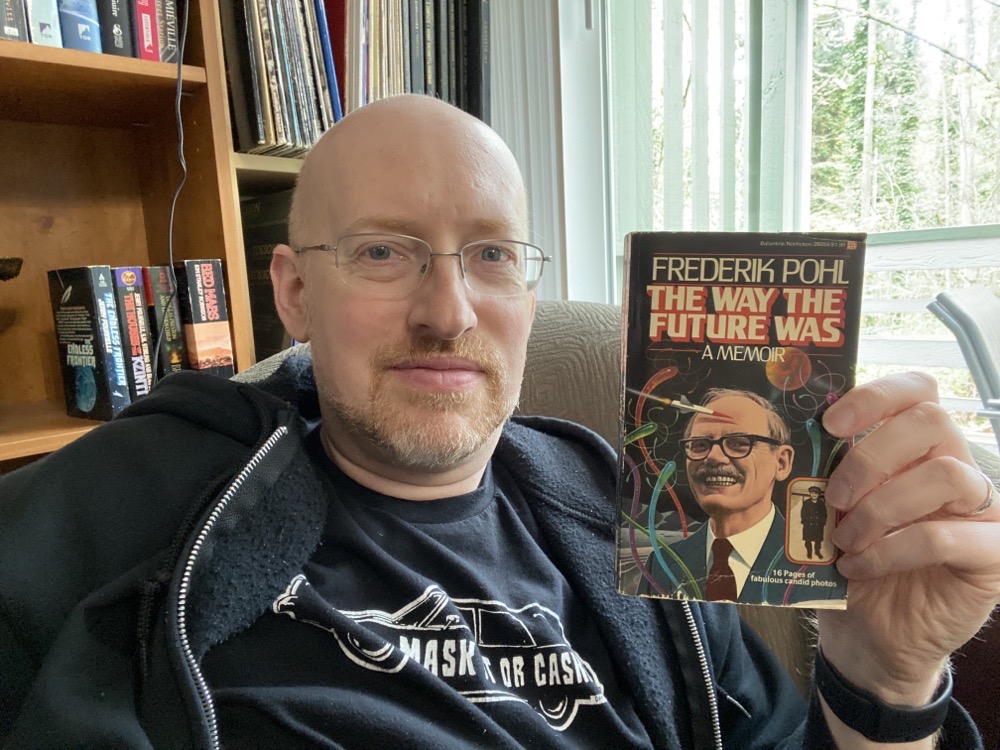
📚 The Empty Chair by Diane Duane
20/2022 – ⭐️⭐️⭐️
A strong end to Duane’s Rihannsu series – though it does begin in media res, and as it has been years since I read the preceding book(s), it took me a bit to regain familiarity with some of the characters. Her take on the Romulans, while very different than that explored by the official canon, is very strong and well worth reading.

Star Trek Craptinuum
I’m not sure what’s more mind-numbing: That Paramount is doing this with Star Trek, or that there are probably enough people willing to spend their money this way to make it worthwhile for Paramount to do this.
Paramount is aping what’s worked for big NFT projects in the past; the Star Trek NFTs will depict “algorithmically-generated starships” and can be purchased at the low, low price of $250 per pack. Packs, by the way, contain a single ship — which only has around an 11 percent chance of looking like the Enterprise. You can (but absolutely should not) guarantee that you’ll get a cool ship by buying the “Admiral pack” instead of the “Captain pack,” but you can only get those if you’ve shelled out for a Recur pass — another NFT that costs at least $290.
I mean, yes, I’m occasionally willing to drop some money on a nice Star Trek collectible (evidence attached, and thank you to Eaglemoss for the beautiful work on these). But they’re actual physical models, not $250 JPGs of weirdly distorted versions of the classic ships.
It just baffles me. Even without getting into how horrendous the underlying technology is, why would anyone pay that much money for an image of a “Constitution class” that apparently doesn’t include the nacelle struts?
Or a “Constitution refit” — theoretically, the ship we see in The Motion Picture, an absolutely gorgeous upgrade to the original Enterprise — with the nacelles attached upside down?
I mean, sure, if that was a cheap plastic knockoff toy that I saw at a random roadside stop in the midst of an ill-conceived Fear and Loathing in Las Vegas-style roadtrip, yeah, I’d be amused and drop $5 or $10 on it to laugh at with my friends.
But $250? For a digital file? That I now already “own” by virtue of, hey, I saved it from Twitter, and now it’s right up there in this very post, where I can mock it without paying for the privilege? And without all the backend BS? Just…no. So much no.
(Originally posted on Twitter.)
📚 The Annals of the Heechee by Frederik Pohl
19/2022 – ⭐️⭐️⭐️
A little action, a lot of interesting playing with AIs and “machine-stored intelligences” generated from people when they die, allowing them to keep on going (a concept introduced in earlier books, but more thoroughly explored here). And, again, an unfortunate subplot involving sexualizing young girls (and in this case, for a little variety, adding a predilection for sexualized abuse as well); thankfully, nothing untoward ever actually happens and this is a relatively minor subplot, but the character’s appetites are made well known, and are an entirely unnecessary addition. The Heechee series has a lot of interesting stuff in it, I just wish Pohl hadn’t felt the need to keep putting these bits in as well.
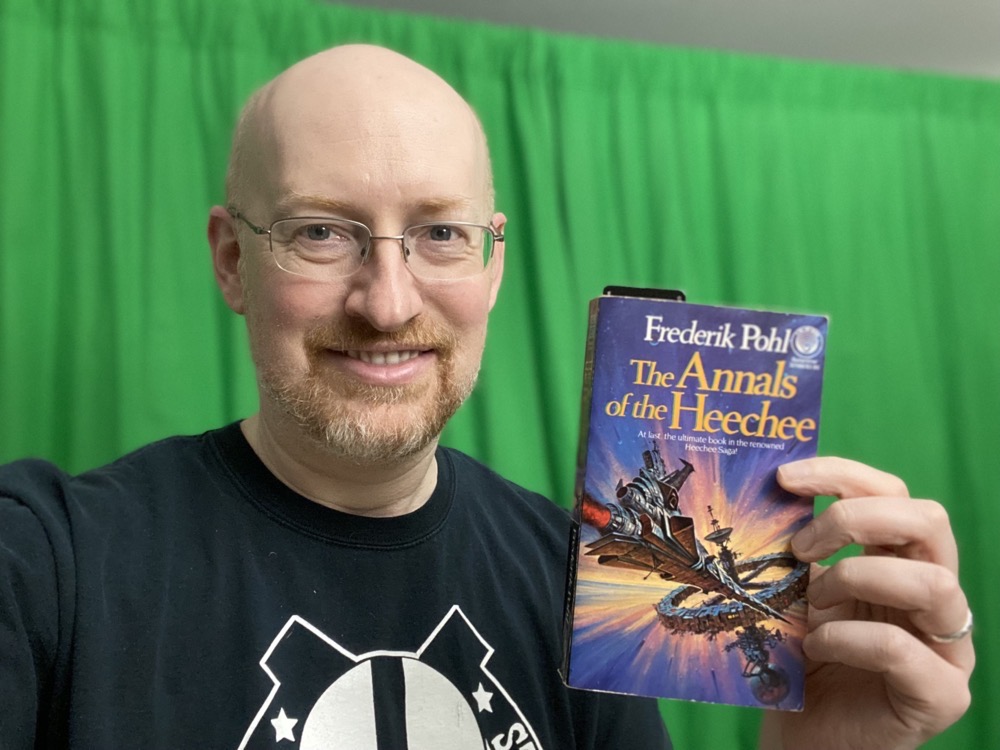
📚 Heechee Rendezvous by Frederik Pohl
18/2022 – ⭐️⭐️⭐️
A definite improvement over the second book in the series. The hard-SF aspects are explored well, with a focus on the mysteries of the Heechee, AIs, dark matter, and consciousness, all without the troublesome themes of the prior book.
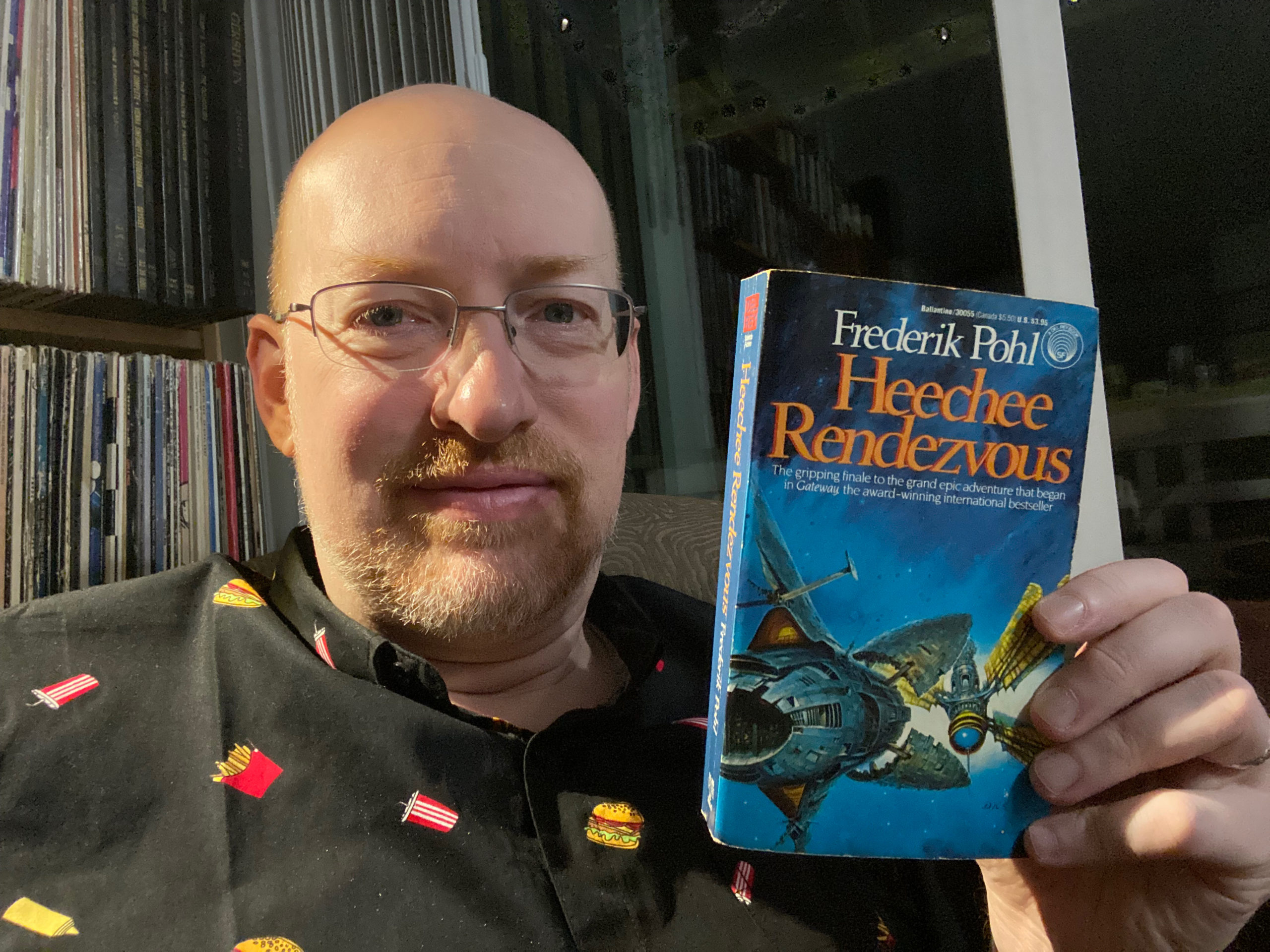
🎥 West Side Story
West Side Story (2021): ⭐️⭐️⭐️⭐️: An excellent version. Some parts I like as much as or better than the original, other parts the original still wins out. And, unfortunately, Tony is where this one falters the most, and keeps it from equaling or surpassing the original.
Scaling Back Star Trek
Adapted from a Twitter thread:
My biggest hope for Star Trek going forward (Strange New Worlds, Discovery S5, whatever else comes out) is that the writers rediscover the ability to tell small stories.
Disco S1 was the Klingon/Federation war, with a half-season jaunt into the Mirror Universe that removed the Emperor of the Terran Empire, returning to a decimated Federation. S2 was the Red Angel and the battle against Section 31’s Control to save all life in the galaxy. S3 had a shattered Federation because of the Burn, which destroyed most of Starfleet and nearly entirely wiped out warp drive; the actual damage and death toll (both immediate and long-term from the lack of intersystem transportation) is never specified but likely isn’t small. And then S4 had the entire galaxy at risk from a randomly moving literally-planet-shattering device, with at least one inhabited planet destroyed and Ni’Var and Earth under threat (because, of course, Earth must be under threat of destruction fairly regularly).
Then in Star Trek Picard S1 we have synthetics on a mission to destroy all organic life before they can be destroyed. S2 ups the stakes from there with a timeline variant that has altered the course of the entire known galaxy.
It seems like every season of every show has to have some sort of Big Bad that is Bigger and Badder than the last Big Bad. The stakes are always so high that it’s become virtually meaningless. One death is a tragedy, millions are a statistic, billions are a plot device.
This is part of where the first season of Prodigy has been a bit of a breath of fresh air. So far, at least, it’s been relatively small-scale: One group of young adventurers finding a ship and trying to escape their captor. There are signs, of course, that this may change, with the Protostar apparently carrying some sort of viral doomsday weapon that could wipe out Starfleet. Which…well. Here we go again. Why must everything be super-sized?
Lower Decks is the sole entry that has been doing well at having a more focused, smaller scale. Whether intentional or a side effect of having lower deck crew for main characters, it hasn’t gone too large-scale (or when it has, it’s been in the background and we only get hints for comedic effect).
Maybe the stated goal of going back to a more “planet of the week” format for Strange New Worlds will also mean that not every event will be an EVENT. I really hope so. Because while yes, sometimes it can be fun to have a Big Bad that’s Very Big and Very Bad, if you do that every time, it ceases to be particularly interesting.
Big drama can come from small events. Not every threat has to be planet-, system-, galaxy-, or universe-spanning to be threatening.
None of this is to say that I haven’t been enjoying the modern reinvigoration of the Star Trek universe. I have, quite a bit! I just find myself wishing that the stakes weren’t always turned up to 11. That’s good for Spinal Tap. Less so for Star Trek.

